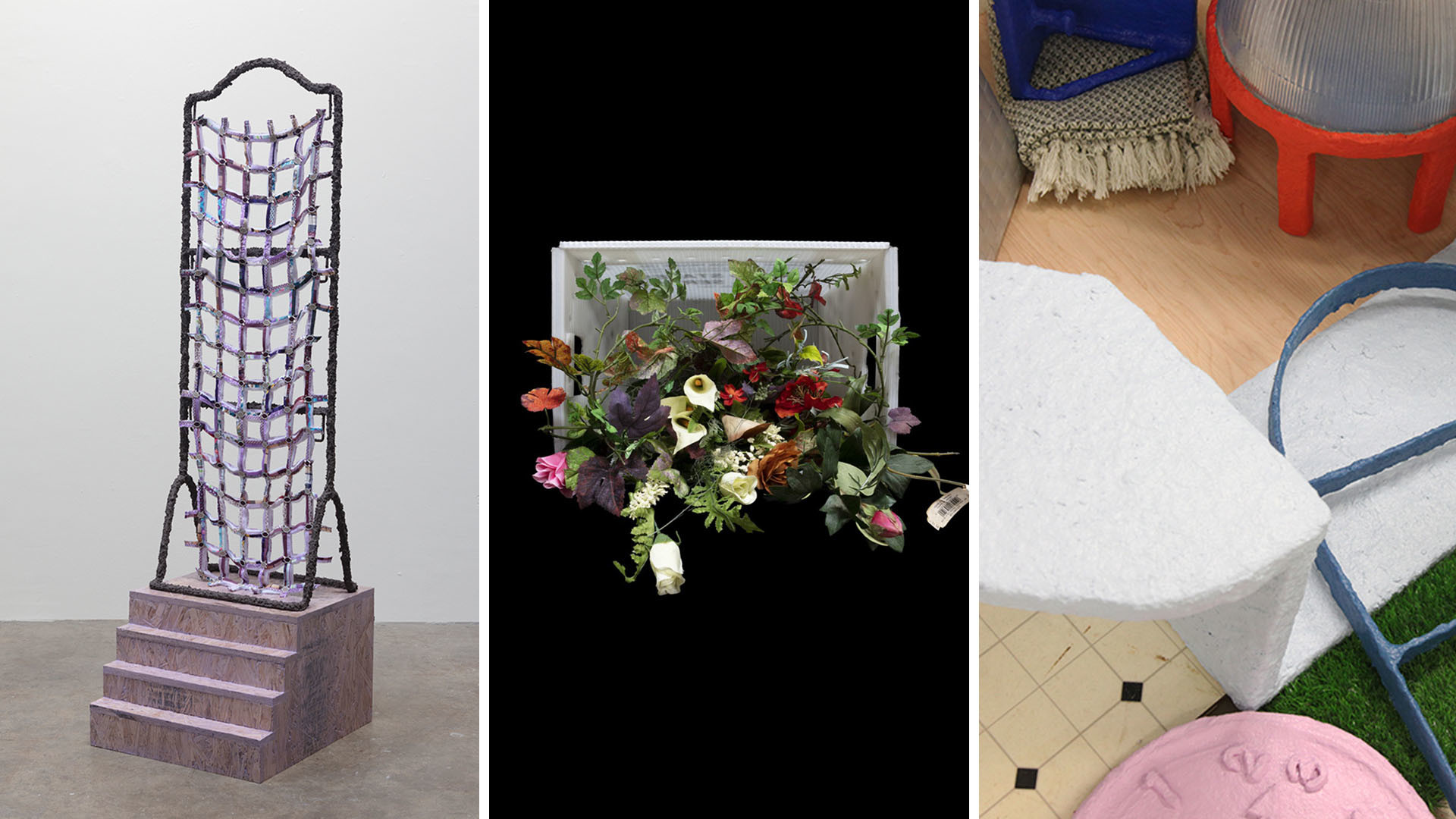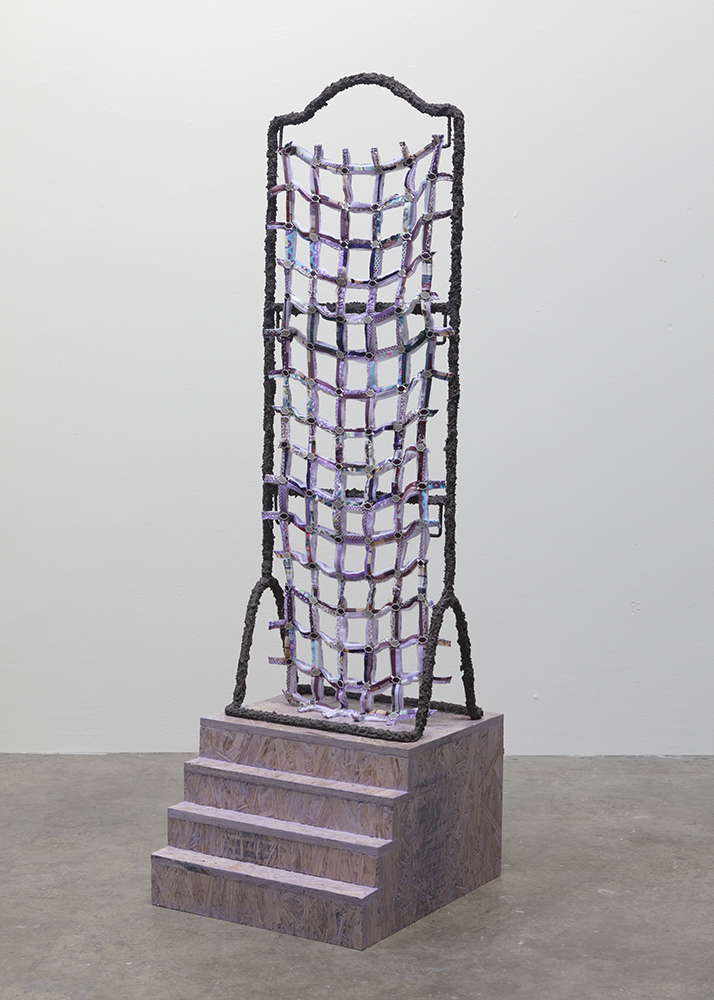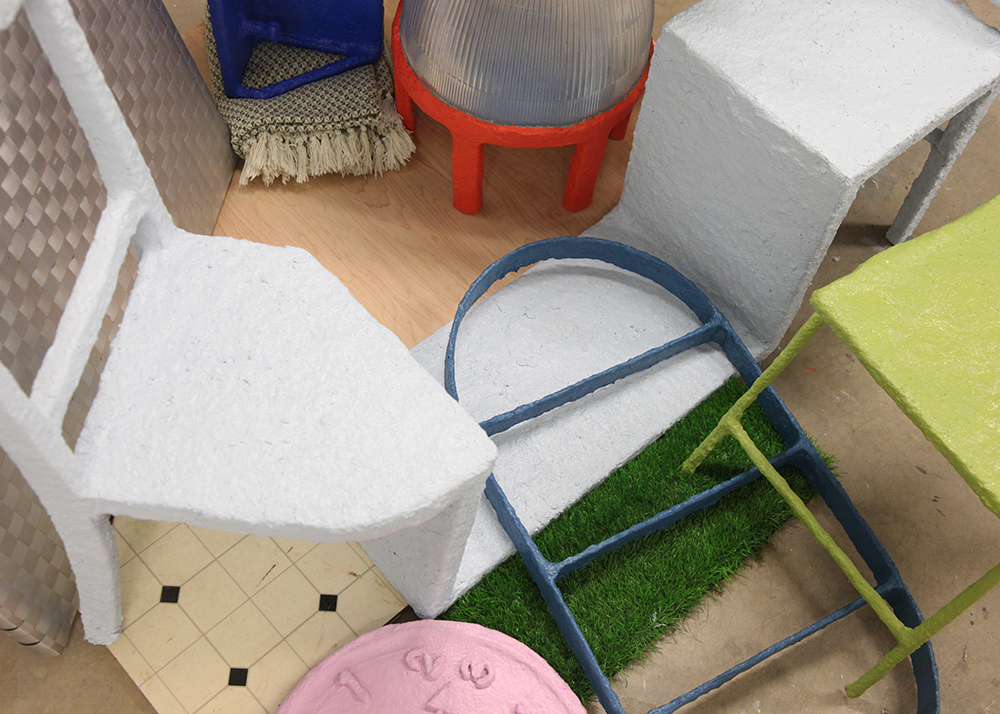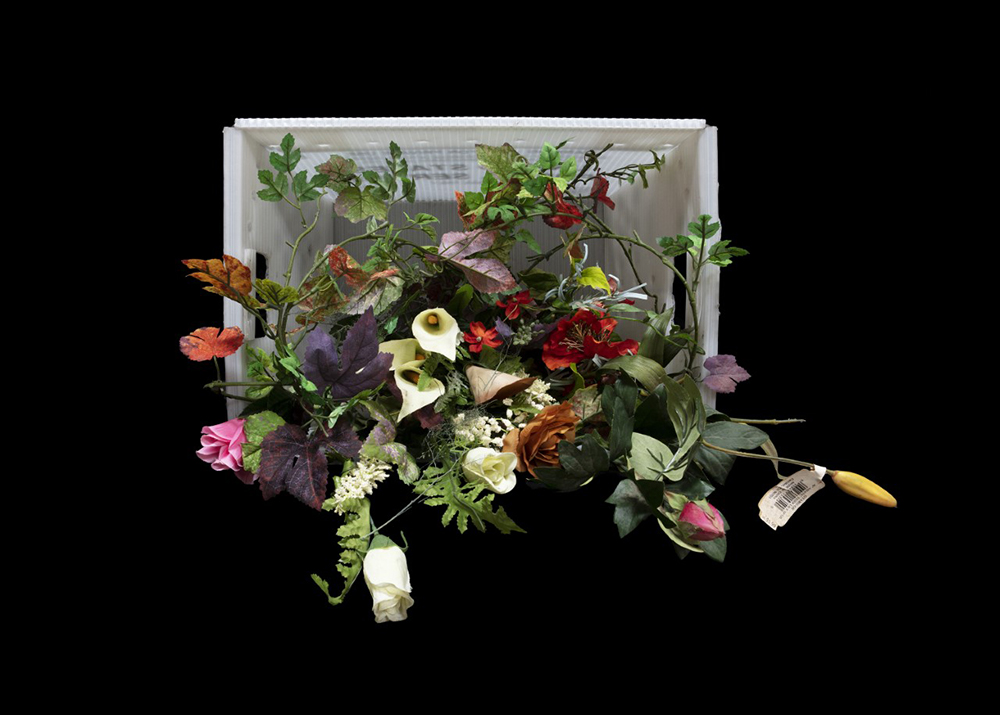
January 20, 2022
FOR IMMEDIATE RELEASE
San Francisco, CA–The Recology Artist in Residence Program (AIR) is pleased to announce an upcoming exhibition for artists Dana Hemenway, Kija Lucas, and Alise Anderson.
When:
Reservations are required.
Friday, February 11 from 4:30 – 7:30 PM
Saturday, February 12 from 12 – 3 PM
Tuesday, February 15 from 5 – 7 PM – artist talk by Dana Hemenway at 6 PM and Kija Lucas 6:30 PM (both talks will be live-streamed on Instagram)
Where:
503 Tunnel Ave/401 Tunnel Ave 94134
In accordance with the City of San Francisco’s Vaccine Requirements, Recology AIR will be requiring proof of full COVID-19 vaccination for all visitors ages 5 years and older and will accept the following forms of verification:
-
-
- An original, a copy, or a picture of your CDC vaccination card
- Documentation from a healthcare provider
- Digital COVID-19 vaccine record issued by the State of California
-
Masks will be required at all times for those over 2 years old.
For the safety of everyone, we are limiting the number of guests allowed in the space at a time. Work will be viewable in 30-minute time slots.
Admission is free and open to the public, all ages welcome, wheelchair accessible. Those unable to attend in person may join the artists on Instagram Live @RecologyAIR on Saturday, February 12 at 11 AM and again at 6 PM on Tuesday, February 15. A virtual representation of the exhibition will also be posted on our website after February 25.
 Dana Hemenway
Dana Hemenway
Conversation Pit
Written by Weston Teruya
Dana Hemenway excavates utilitarian materials hidden within the infrastructure of the built environment, transforming them through fiber arts techniques to create sculptures that dissolve the boundaries between domestic crafts, interior design, and building labor. For Conversation Pit, Hemenway intertwines and layers an array of objects gathered during her time in-residence, reshaping them into a series of detailed sculptures that invite close inspection.
While at Recology, Hemenway laboriously processed the collected materials, transmuting unremarkable substances that are often discarded in construction–like rosin-paper drop cloth and sawdust–to coat the surfaces of wireframes or metal table bases. She intuitively wove these together with an assortment of other media, including quilted placemats, cloth-covered wiring, chiffon ribbon, vinyl-coated cable, MDF, and enamel pins–some seemingly discarded when brand new and others bearing traces of their past use. As a result, the richly textured pieces reveal new facets as you consider each piece of the whole, whether the sooty weathering on one side of recovered electrical wiring or the hints of the original textile print on a cut cloth surface. In Hemenway’s reshaping of materials, she grants the same respect to the overlooked and ephemeral as to furnishings, prompting us to reflect on the value we place on the things that surround us and the work and resources it takes to produce them.
Dana Hemenway is an artist, curator, and educator based in San Francisco. She received her MFA from Mills College and her BA from the University of California Santa Cruz. Hemenway has had residencies at the Bemis Center for Contemporary Art in Omaha, NE, ACRE in Stueben, WI, SÍM in Reykjavik, Iceland, and The Wassaic Project in upstate New York. Hemenway has been awarded a San Francisco Arts Commission Individual Artist Grant and Southern Exposure Alternative Exposure Grant. In 2020, she completed a public art commission for SFO’s Terminal 1. Hemenway has exhibited her artwork locally, nationally, and internationally. From 2015 to 2017, she served as a co-director of Royal Nonesuch Gallery, an artist-run project space in Oakland, CA.
Written by Weston Teruya
Kija Lucas uses photography to explore home, heritage, and memory–and how those ideas can be embedded in the objects we gather around us over time and across generations. In Still, Life, Lucas draws on the visual language of 16th and 17th century vanitas still lifes, an artistic genre that utilized opulent arrangements of symbolic objects like skulls, rotting food, and snuffed out candles to remind viewers of the transience of earthly life and the inevitability of decay. In this new series of photographs created at Recology, she draws on motifs that suggest impermanence and death common within vanitas, reinterpreted for our contemporary age: piles of chiropractic demonstration spines, real decomposing flowers alongside eternally bright artificial arrangements, an upended and outdated classroom globe mapping countries that no longer exist, and fallen drapery of plastic bags and gold lamé. This mixture of the ephemeral and obstinately imperishable serves as a sobering reminder that even while we each face our mortality, the manifestations of our consumption and social impact will linger well beyond our lifespans.
In her past projects, Lucas has used her keen photographic eye for details and curiosity about other people’s lives to draw out nuanced narratives about the seemingly mundane, whether a sentimental belonging, a species of plant, or bits of burnt wood. While the materials gathered at Recology are impossible to trace back to their origins and specific stories, she utilizes that same careful observation to momentarily reactivate these discarded objects and invites us to contemplate these collections as things, symbols, and carriers of hidden tales. The series serves as both a somber reflection of our times–offering us space to meditate on the loss and upheaval of the past two years–and a consideration of the glut of materials that we consume and throw away.
Kija Lucas’s work has been exhibited at the Oakland Museum of California, Anglim Gilbert Gallery, Headlands Center for the Arts, San Francisco Arts Commission Galleries, California Institute of Integral Studies, Palo Alto Arts Center, Intersection for the Arts, Mission Cultural Center, and Root Division, as well as Venice Arts in Los Angeles, CA, La Sala d’Ercole/Hercules Hall in Bologna Italy, and Casa Escorsa in Guadalajara, Mexico. Lucas has been an Artist in Residence at Montalvo Center for the Arts, Grin City Collective, and The Wassaic Artist Residency. Lucas received her BFA from the San Francisco Art Institute and her MFA from Mills College.
 Alise Anderson
Alise Anderson
French Toast Saved My Life
Written by Weston Teruya
Alise Anderson investigates and celebrates the mundanity and absurdity of ordinary objects, creating carefully crafted and subtly humorous works that blur the line between functional & nonfunctional and investigate the social bonds between us as we live in community. In French Toast Saved My Life, a new installation of sculptures developed while in residence at Recology, Anderson presents a seemingly familiar domestic interior with reconstructed furnishings and decor that suggest a desire for human connection. Anderson infuses the household objects in the installation with a sense of care and artistic labor, shaping the sculptures through a series of hand fashioned processes: weaving together mini blind slats to create a screen and pulping found papers for a variety of pop colored papier-mâché structures, including a shelving unit, a fragment of flooring, and a clock gone awry, its numbers tumbled to the side. This working of materials, and the resulting objects that teeter on the edge of the familiar, compel us to consider the possible inhabitants of this space and the ways their relationship may have been built and maintained in layers over the years.
Two pieces of transmuted furniture anchor the installation and hint at the speculative residents’ nuanced dynamic. The first, a pair of chairs connected by a sculpted runner between their front
legs would require those occupying the seats to sit in intimate proximity, but with one seat angled slightly askew, the chairs suggest one person’s unwillingness or inability to maintain direct eye contact. In the second piece, a table’s L-shaped feet have been turned inward, bracketing a space under the wooden top, giving a sense of relational ties tucked just under the surface. Taken as a whole, the works draw parallels between artistic and relational labor, both carried out with tenderness.
Alise Anderson received their BFA in New Genres from San Francisco Art Institute, studied Modern Dance Performance & Choreography at Utah Valley University, and received a certificate in Directing and Producing from Berkeley Digital Film Institute. They have been an artist-in-residence at the San Jose Museum of Quilts and Textiles and was recognized through Outstanding Student awards from the new genres and sculpture departments at SFAI.
About the Recology Artist in Residence Program
The Recology San Francisco Artist in Residence (AIR) Program is an art and education initiative that awards Bay Area artists access to discarded materials, an unrestricted stipend, and an individual studio space. These resources, along with comprehensive support, are provided to artists while they create a body of work and host studio visits during their four-month residency at the San Francisco Transfer Station.
Since 1990, over 150 professional artists and 50 student artists from local universities and colleges have completed residencies. Selected artists have worked across disciplines—including new media, video, painting, photography, performance, sculpture, and installation—to explore a wide range of topics.
The Recology AIR Program encourages the conservation of natural resources by providing artists with time, space, and reusable resources to create a new and impactful body of work. The Program further aims to create a more diverse and inclusive residency that amplifies perspectives from Bay Area communities and inspires children and adults who engage with the program to re-imagine their role in creating a just and sustainable world.
Contact:
art@recology.com
####
